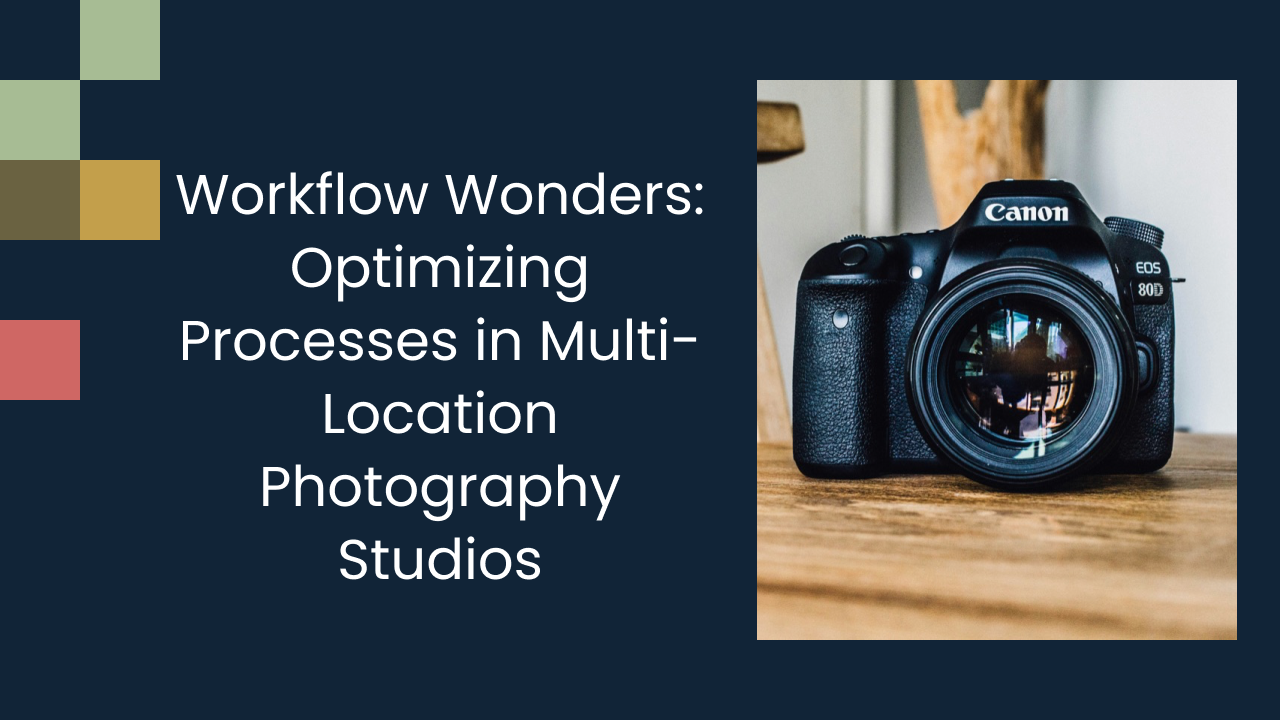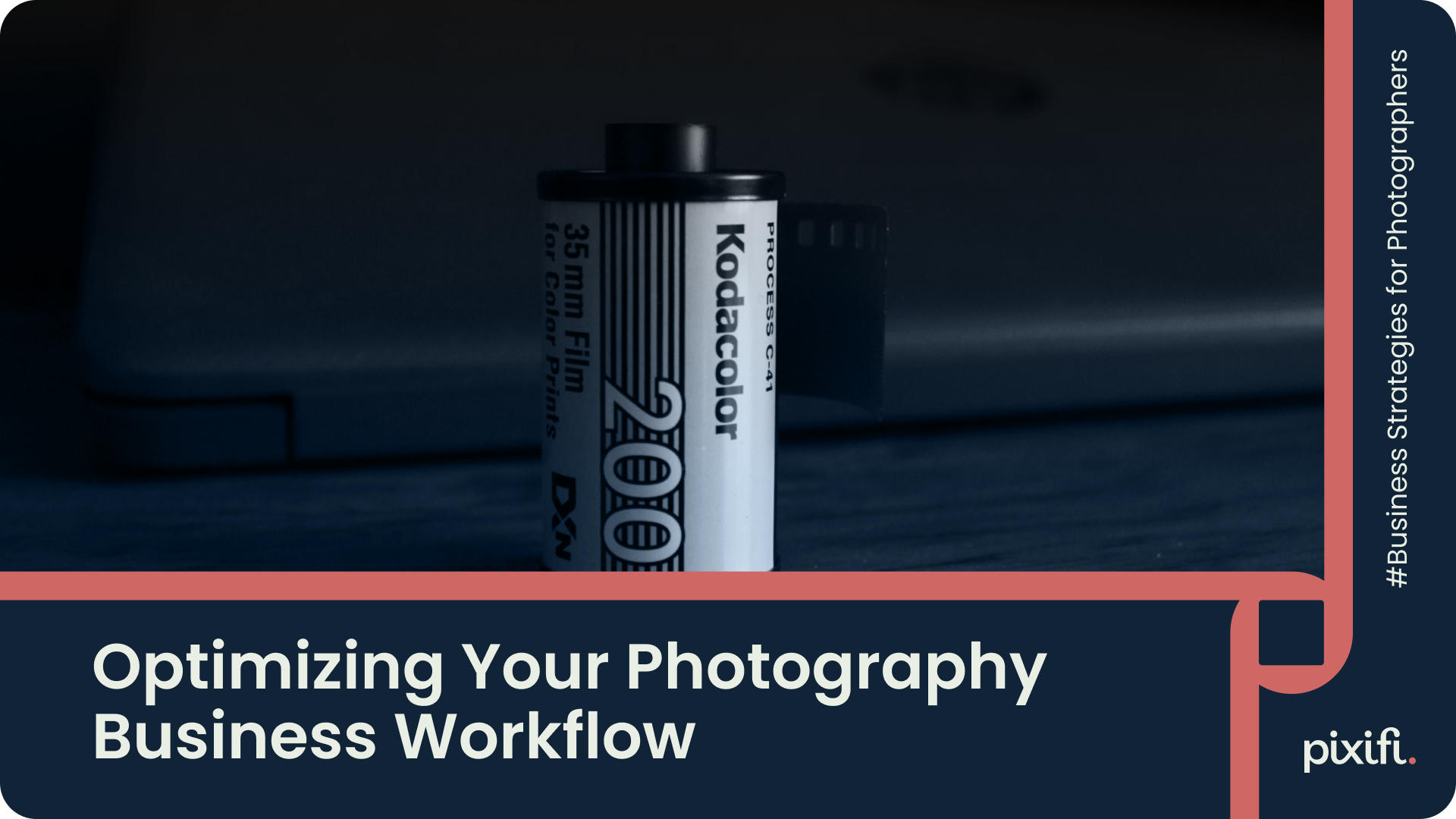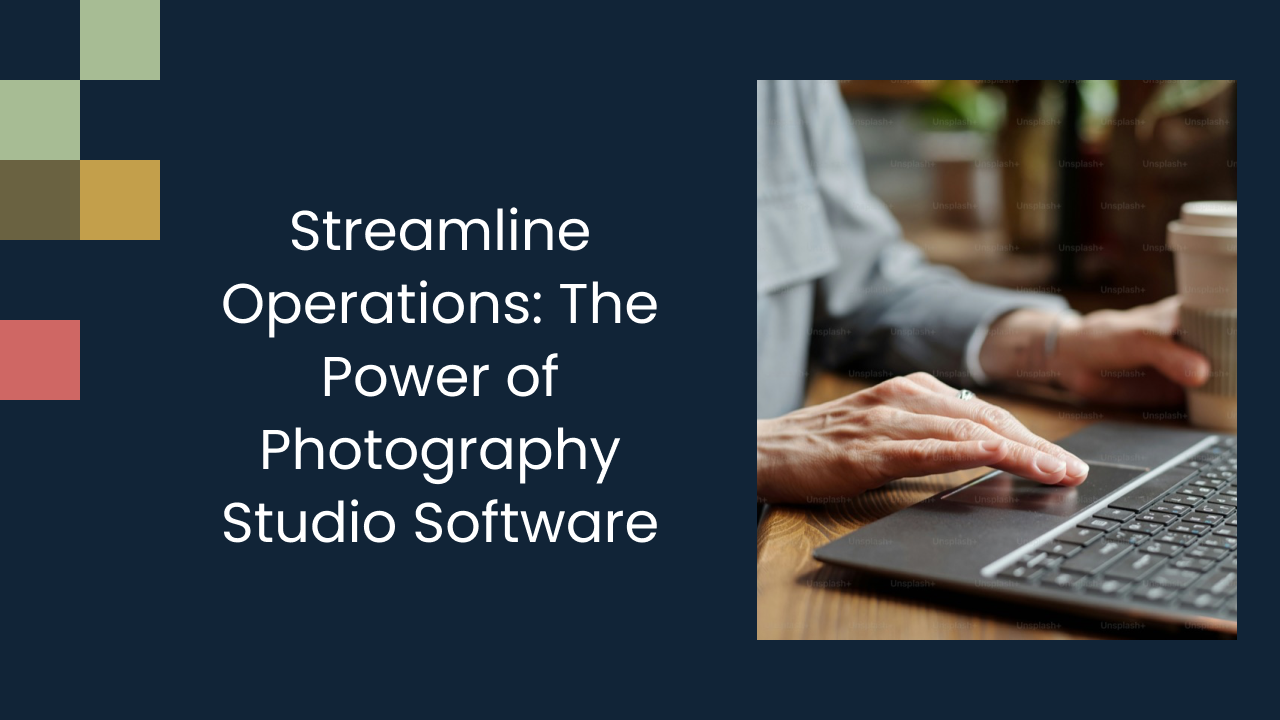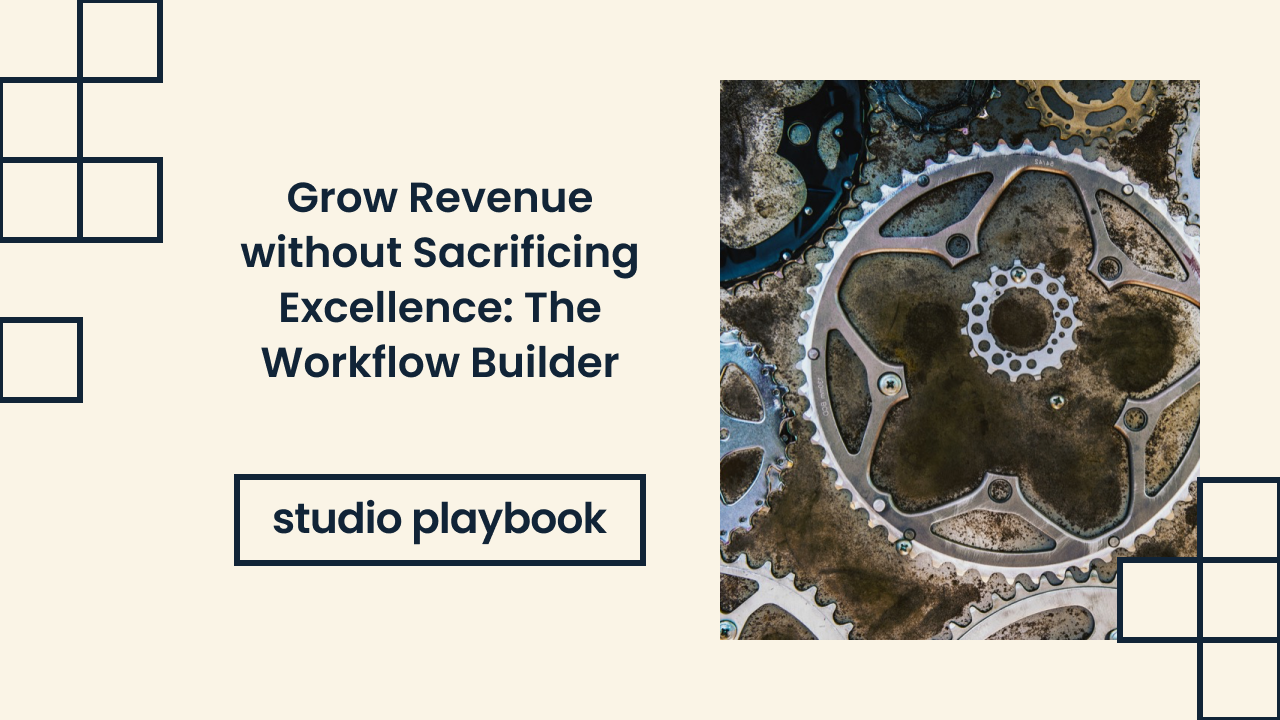Workflow Wonders: Optimizing Processes in Multi-Location Photography Studios

In the fast-paced world of photography, efficiency and effectiveness are key. For multi-location photography studios, the challenges of managing workflows across different locations can be daunting. However, with the right strategies and tools in place, workflow optimization can work wonders in increasing productivity and ensuring smooth operations. This article will delve into the importance of workflow optimization in photography studios with multiple locations, the key elements to consider when optimizing workflows, the challenges that come with managing multi-location studios, and the strategies that can be employed to overcome these challenges and achieve optimal workflow efficiency.
Understanding the Importance of Workflow Optimization
Workflow optimization is not just about making processes faster, but also about making them more effective and efficient. In photography studios, where time is of the essence, having streamlined workflows can make a world of difference. It ensures that tasks are completed in a timely manner, reduces bottlenecks and delays, improves communication and collaboration, and overall, enhances the quality of work delivered.
The Role of Workflow in Photography Studios
Workflow is the sequence of processes and tasks that need to be carried out to achieve desired outcomes. In multi-location photography studios, where there are multiple teams working on different projects, having a well-defined workflow is crucial. It provides a roadmap for how tasks should be executed, ensuring consistency and standardization across locations. It also helps in managing resources efficiently, avoiding duplication of efforts, and delivering projects on time.
Benefits of Streamlined Processes in Multi-Location Studios
Streamlining workflows in multi-location studios brings a host of benefits. Firstly, it enhances productivity by eliminating unnecessary steps and automating repetitive tasks. This allows photographers and their teams to focus more on the creative aspects of their work. Secondly, it improves communication and collaboration between different teams and locations, facilitating smoother coordination and knowledge sharing. Lastly, streamlined processes enable better resource allocation and equipment management, preventing wastage and ensuring that the right resources are available when and where they are needed.
One of the key advantages of workflow optimization in photography studios is the reduction of errors and rework. By having a well-defined workflow, photographers and their teams can follow a standardized process that minimizes the chances of mistakes. This not only saves time but also improves the overall quality of the final output. For example, in post-production, having a streamlined workflow ensures that editing and retouching are done consistently, resulting in a cohesive and professional look across all images.
Another aspect to consider is the impact of workflow optimization on client satisfaction. When projects are completed efficiently and with high-quality standards, clients are more likely to be satisfied with the results. This can lead to positive reviews, referrals, and repeat business. By investing in workflow optimization, photography studios can enhance their reputation and build strong relationships with their clients.
Key Elements of an Optimized Workflow
An optimized workflow in a multi-location photography studio is built on several key elements. These elements work together to ensure that processes are streamlined, efficient, and effective. Let's explore some of these elements:
Scheduling and Time Management
Effective scheduling and time management are essential for a well-optimized workflow. This involves planning and allocating sufficient time for each task, setting realistic deadlines, and ensuring that there is a balance between workload and available resources. Tools like project management software can be valuable in monitoring progress and managing deadlines.
When it comes to scheduling, it's not just about assigning time slots for different tasks. It's about understanding the intricacies of each project and the unique requirements of every location. For example, if you have a shoot scheduled in a remote outdoor location, you need to consider factors like weather conditions, travel time, and the availability of necessary equipment. By taking these variables into account, you can create a more accurate and efficient schedule.
Communication and Collaboration
In multi-location studios, effective communication and collaboration are vital for seamless workflow management. Regular communication channels should be established, and team members should have clear channels for seeking and providing feedback. Collaboration tools such as online platforms and project management software can facilitate real-time collaboration, allowing team members to work together efficiently regardless of their physical location.
But communication is not just about exchanging information; it's about fostering a sense of camaraderie and teamwork among team members. In a multi-location studio, it's important to create opportunities for team bonding and interaction, even if it's through virtual means. This can be done through virtual team-building activities, online brainstorming sessions, or even casual virtual coffee breaks. By nurturing a strong sense of unity and collaboration, you can enhance the overall workflow and productivity of the studio.
Resource Allocation and Equipment Management
Efficient resource allocation and equipment management are crucial in multi-location studios to maximize productivity and minimize waste. This involves maintaining an inventory of equipment and supplies, tracking their usage, and ensuring that they are available when needed. Utilizing a centralized system for equipment booking and management can help in ensuring that resources are well-coordinated across locations.
When it comes to equipment management, it's not just about keeping track of what you have; it's also about optimizing the utilization of your resources. This means regularly assessing the performance and condition of your equipment, identifying any bottlenecks or inefficiencies, and making necessary adjustments. By constantly monitoring and fine-tuning your equipment management processes, you can ensure that your studio is operating at its full potential.
Challenges in Managing Multi-Location Photography Studios
Managing multi-location photography studios comes with its fair share of challenges. Let's explore some of the common challenges and how they can impact workflow optimization:
Coordinating Across Different Locations
Coordinating work across different locations can be a logistical nightmare, especially when it comes to scheduling, communication, and resource allocation. Time differences, language barriers, and varying work cultures can further complicate coordination efforts. These challenges can lead to delays and miscommunication, hampering the overall workflow efficiency.
Moreover, managing multiple locations can also present challenges in terms of maintaining consistent branding and style across all studios. Ensuring that each location adheres to the same visual identity and quality standards is crucial for building a strong and recognizable brand image. This requires not only effective communication but also regular audits and feedback mechanisms to guarantee uniformity.
Maintaining Consistency in Workflow Processes
In multi-location studios, maintaining consistency in workflow processes is essential to ensure standardized quality. However, it can be challenging to enforce consistent processes across different teams and locations. Differences in work styles, skill levels, and organizational structures can impact workflow consistency and hinder optimization efforts.
Furthermore, ensuring that all team members are trained and updated on the latest techniques and technologies can be a time-consuming task in multi-location studios. Implementing regular training sessions, workshops, and knowledge-sharing platforms becomes crucial to keep all staff members up-to-date and maintain a high level of expertise across all locations.
Overcoming Distance and Time Zone Differences
Distance and time zone differences can pose significant challenges in managing multi-location studios. Collaboration and communication may be hindered due to physical distances and different working hours. This can result in delays and miscommunication, affecting the overall workflow efficiency and project timelines.
Additionally, cultural differences between locations can also impact workflow dynamics. Understanding and respecting diverse work cultures and practices is essential for fostering a harmonious work environment and promoting collaboration across all studios. Implementing cultural sensitivity training and creating opportunities for cross-location team building can help bridge these gaps and enhance overall productivity.
Strategies for Workflow Optimization in Multi-Location Studios
While managing multi-location studios may seem complex, there are several strategies that can be employed to optimize workflows and achieve remarkable results:
Implementing Centralized Management Systems
A centralized management system can bring multiple locations together, enabling efficient workflow management. This involves implementing software solutions that provide a unified platform for scheduling, communication, resource allocation, and project tracking. Centralized systems facilitate real-time updates, improve collaboration, and create a cohesive workflow across all locations.
Leveraging Technology for Improved Workflow
Technology plays a significant role in optimizing workflows in multi-location studios. Utilizing tools such as project management software, cloud storage systems, and online collaboration platforms can streamline communication, enhance productivity, and facilitate seamless coordination. Automation and digitization of repetitive tasks can also save time and reduce errors.
Establishing Clear Workflow Guidelines and Protocols
Clear workflow guidelines and protocols are essential for ensuring consistent processes across different locations. These guidelines should outline the steps, responsibilities, and expectations for each task, making it easier for team members to understand and follow the workflow. Regular training and communication are crucial in reinforcing these guidelines and promoting adherence.
However, optimizing workflows in multi-location studios goes beyond just implementing centralized management systems, leveraging technology, and establishing clear guidelines. It also requires a deep understanding of the unique challenges that come with managing multiple locations.
One challenge that multi-location studios often face is maintaining consistent quality across all locations. Each location may have its own set of equipment, resources, and talent. To ensure consistent quality, it is important to establish standardized processes and quality control measures that can be implemented across all locations. This may involve conducting regular audits, providing training and support to staff members, and implementing feedback mechanisms to address any issues that may arise.
Another challenge is maintaining effective communication and collaboration among team members who are physically located in different studios. While technology can help bridge the distance, it is important to foster a culture of open communication and collaboration. This can be achieved through regular team meetings, virtual brainstorming sessions, and creating opportunities for team members to interact and build relationships.
In conclusion, workflow optimization is crucial for multi-location photography studios to maximize productivity and ensure smooth operations. By understanding the importance of workflow optimization, focusing on key elements such as scheduling, communication, and resource allocation, and employing strategies like implementing centralized management systems and leveraging technology, multi-location studios can overcome the challenges that come with managing multiple locations. With optimized workflows in place, these studios can achieve remarkable results, deliver high-quality work, and establish themselves as industry leaders.
Looking for an easier way to manage and grow your studio? Experience a platform built by a photographer, for photographers. Try it free for 2 weeks.











